Title : Evaluating the turbulent incrompressible flow and the particle tracking in the Axialzyklon wih a high-resolution model
Project Lead : Markus Lenarcic From : Vienna University of Technology (None)
Dates : from 2013-04-14 00:00:00 to 2013-04-27 00:00:00
Description :
Motivation and objectives :
At IET, we are using CFD-simulations for evaluating the highly turbulent flow formations in the so-called Axialzyklon, which is used for desanding feedwater. Due to generated flow turbulence, particles like sediments are moved to the outside by acting centrifugal forces and finally separated from the feedwater with separators. Therefore, hydraulic components could be more protected from sediments entering the hydraulic machine. We plan to visualize the highly turbulent flow and the particle tracking in the Axialzyklon with a high resolution, physical model. Additionally, with these 3D visualizations of the particle tracking, design and construction should be evaluated as well.
Teams :
The Axialzyklon was invented by Dr. Eduard Doujak and is supported by the members of the department of fluid-flow machinery of the Institute for Energy Systems and Thermodynamics. Furthermore, it is forced in cooperation with TIWAG AG to test a prototype in an existing power plant.
Dates :
starting date : 14 April, 2013
ending date : 27 April, 2013
Facilities descriptions :
http://visionair-browser.g-scop.grenoble-inp.fr/visionair/Browser/Catalogs/HLRS.GE.html
Recordings & Results :
To get an appropriate approximation of the real, highly turbulent flow in the Axialzyklon, a wide range of parameters must be correct chosen or adjusted in the course of a CFD-simulation. At first, a high resolution physical model with restricted differences to the real geometry must be created, a proper turbulence model and time discretization is needed as well. The deployed numerical methods must be stable and accurate. The turbulence model correlates with the space discretization and must be adapted for a proper interaction. Further challenges are to consider transient flow behavior and particle tracking in the flow field with seedings interacting with each other. To evaluate the conducted CFD-simulations regarding the separation efficiency of the Axialzyklon, 3D visualizations in COVISE are needed. Thereby, challenges are converting the multiple datasets from the CFD-simulation to COVISE. The results obtained from the 3D visualization will be subsequently compared with measurements in further steps.
Conclusions :
The main objective to visualize the 3D turbulent incompressible flow and the particle tracking of different massive particles in the Axialzyklon with a high-resolution model was achieved. Therefore, the large amount of CFD?data was converted into COVISE format and modules like the Material and the OpenCover modules were modified in order to obtain high efficient visualizations of the various particles displyed in different colors. Additionally, with the acquired knowledge of using COVISE and the support by HLRS the proposer should be now enable to train other users in basics of 3D?visualizations at the Vienna University of Technology.
Project Images :
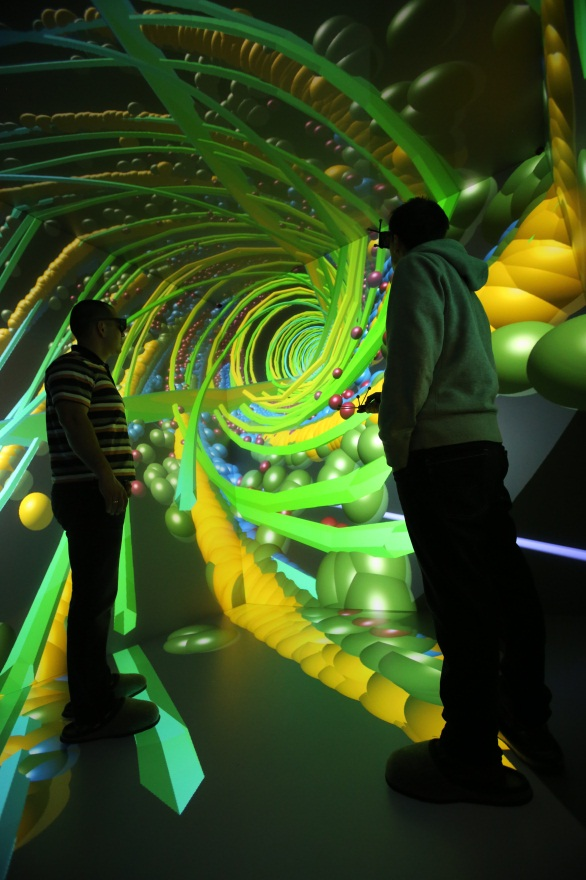
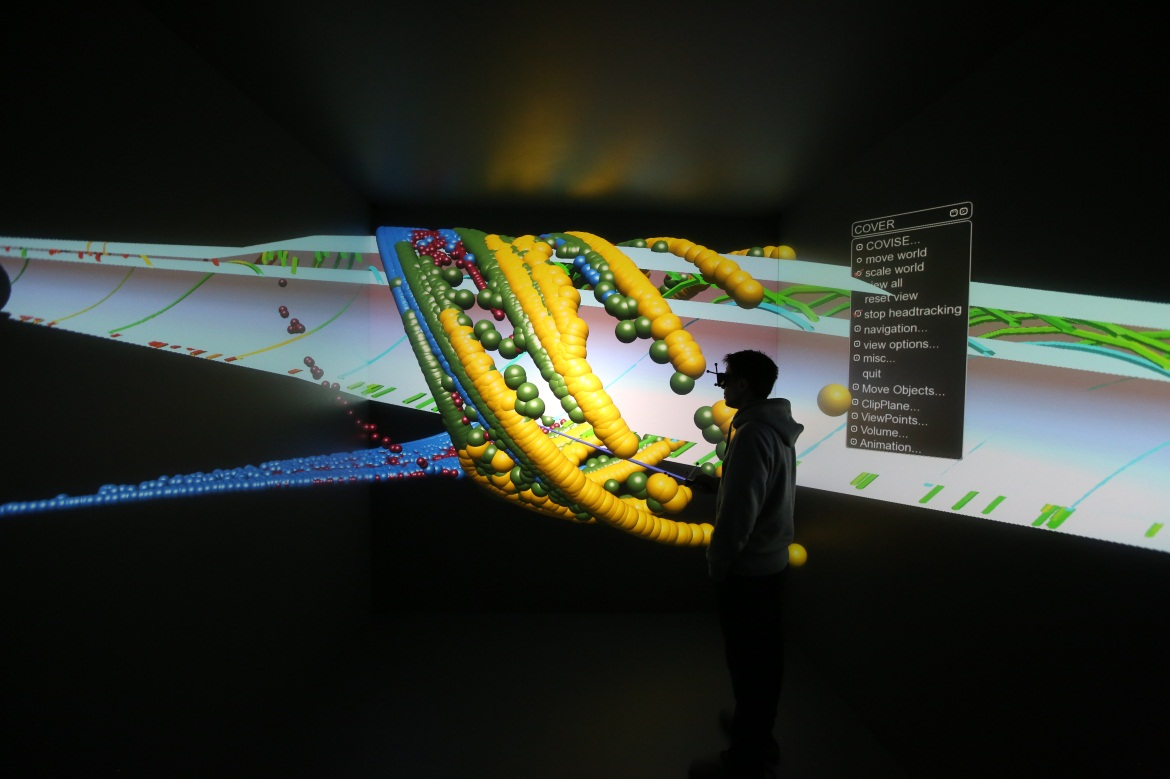
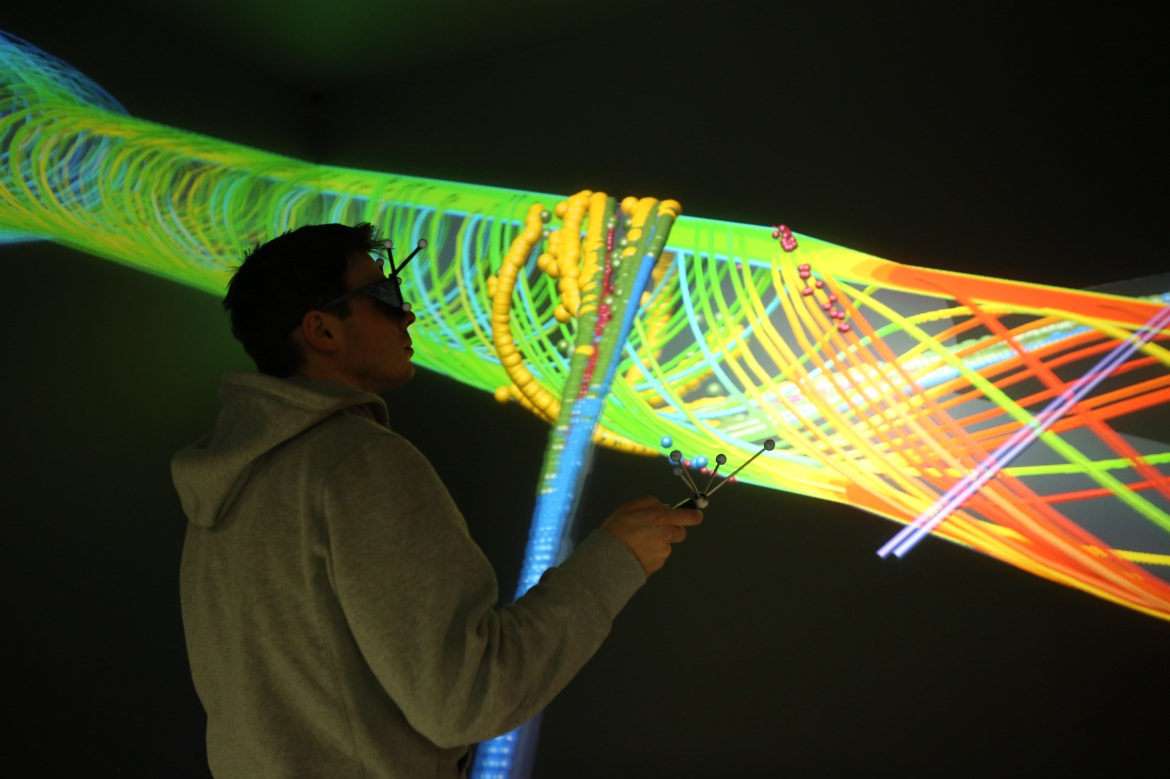
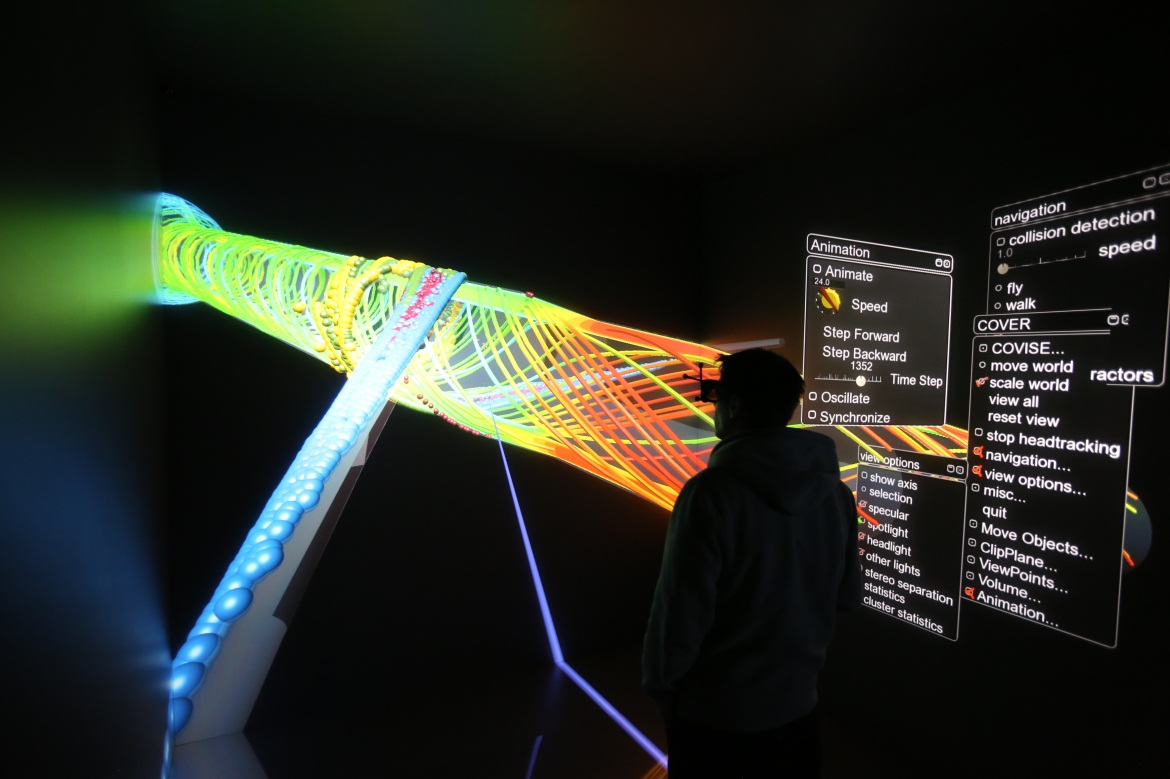
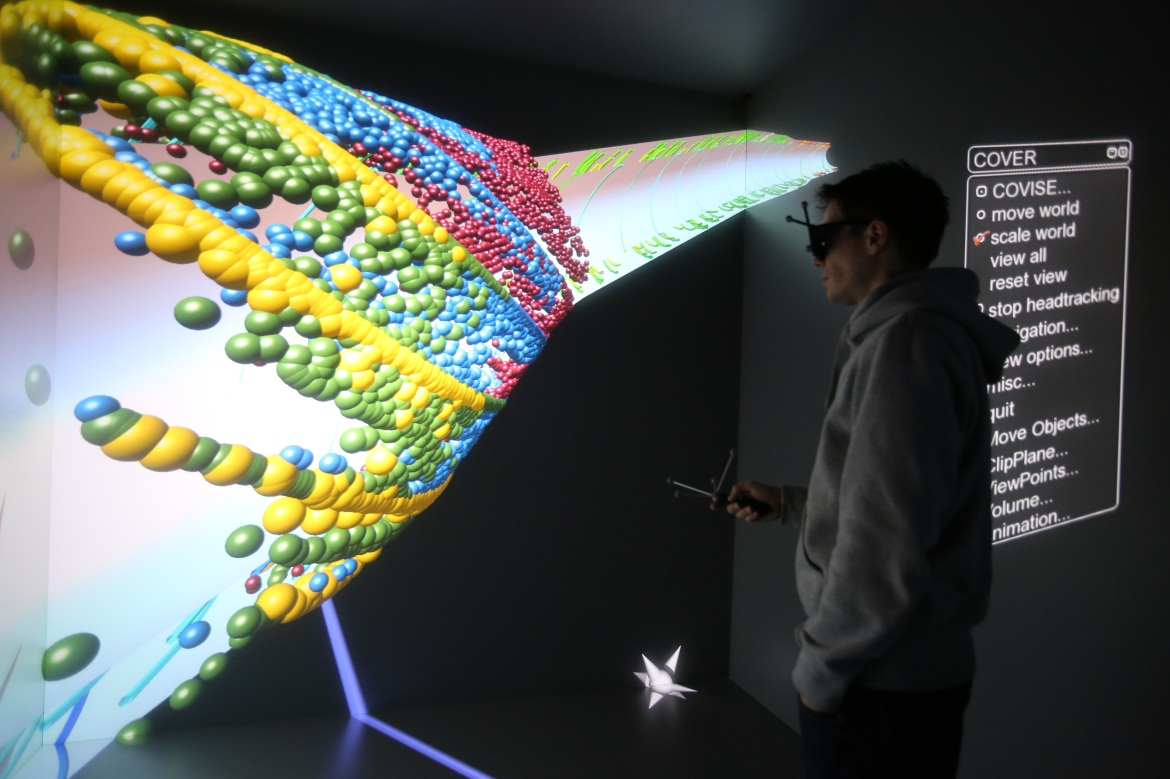
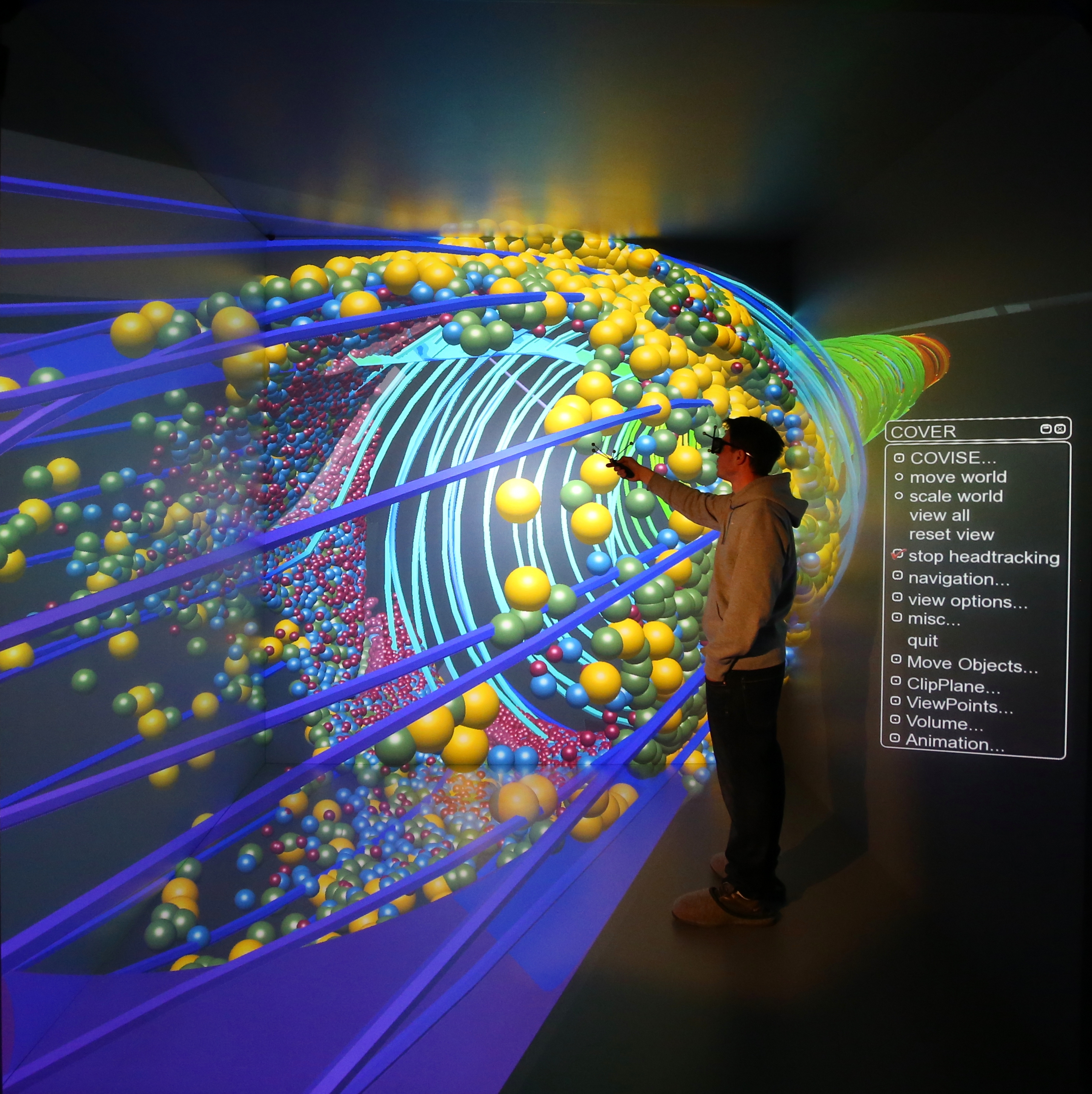
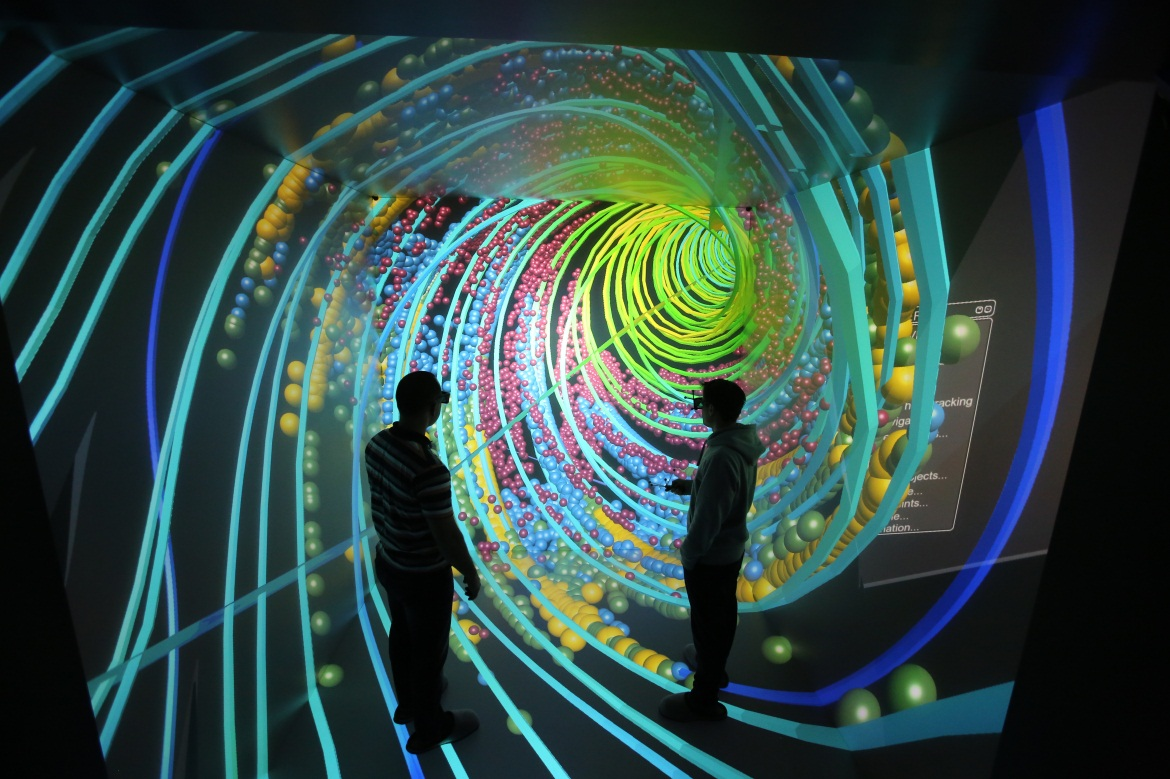
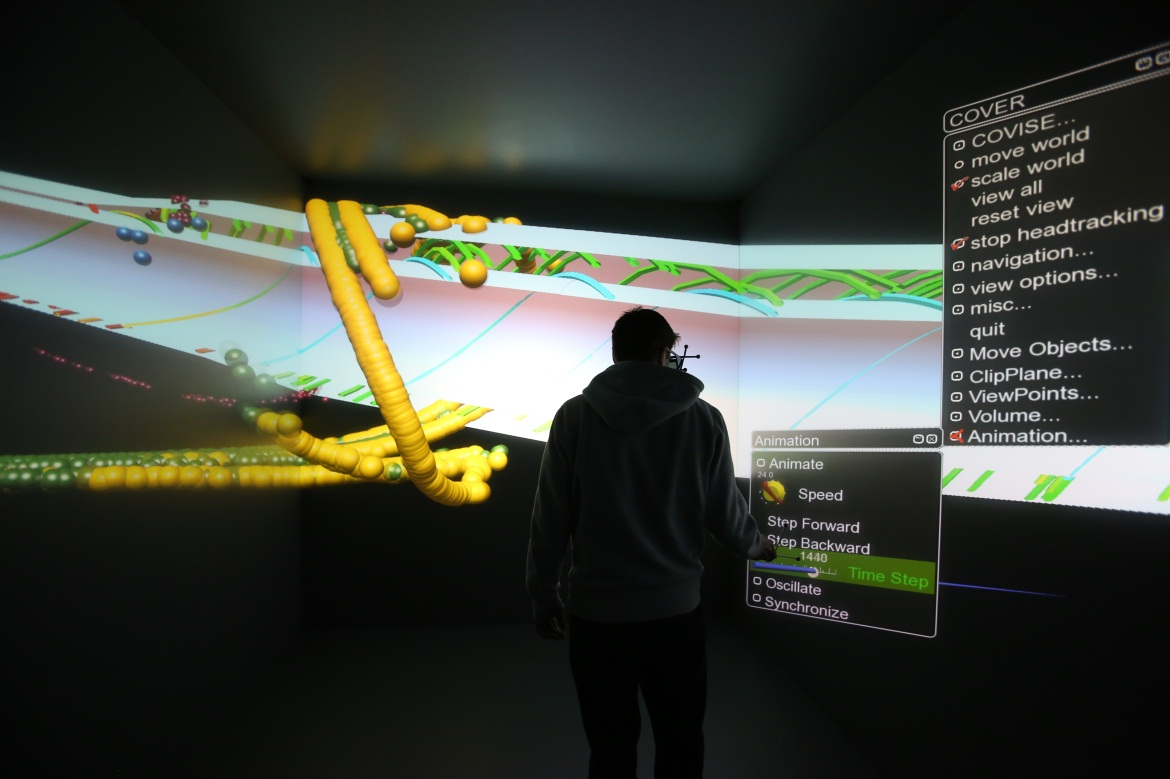
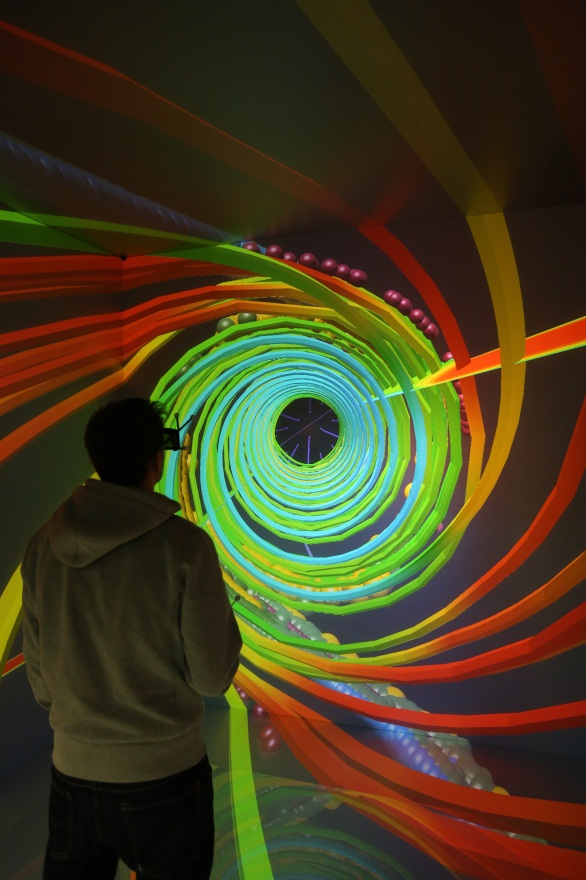
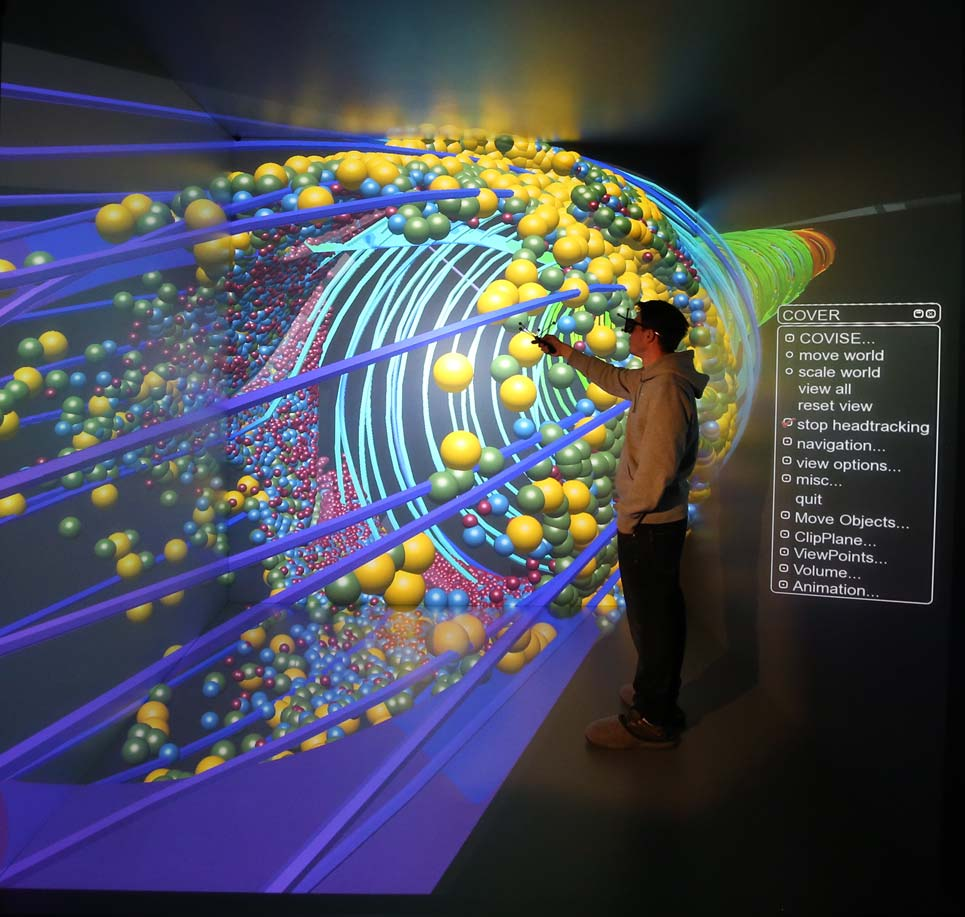
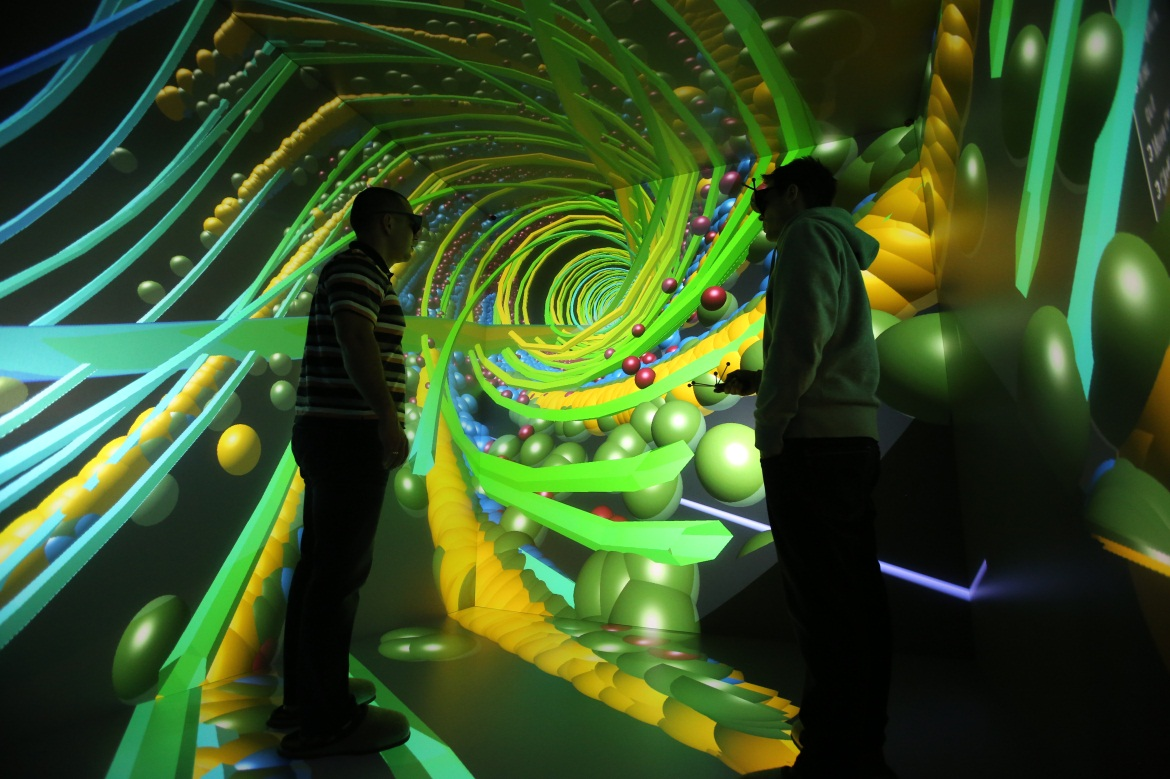
Other project resources :
130423_ML_Report.pdf
.

VISIONAIR / Grenoble INP / 46 avenue Felix Viallet / F-38 031 Grenoble cedex 1 / FRANCE
Project funded by the European Commission under grant agreement 262044

Project funded by the European Commission under grant agreement 262044
